
Armyworm Are On Their Way! How To Prepare For The Attack…
Armyworm Armyworm can scalp an entire lawn in just a few days. Make sure you take action urgently if you see these pests in large
With the growing season coming in hot, you may notice a few un-welcomed friends popping up in your lawn. In this blog post we will look at how to identify and treat these nasty invaders.
There are generally two groups of weeds commonly found in lawns; broadleaf weeds and invasive grass type weed.
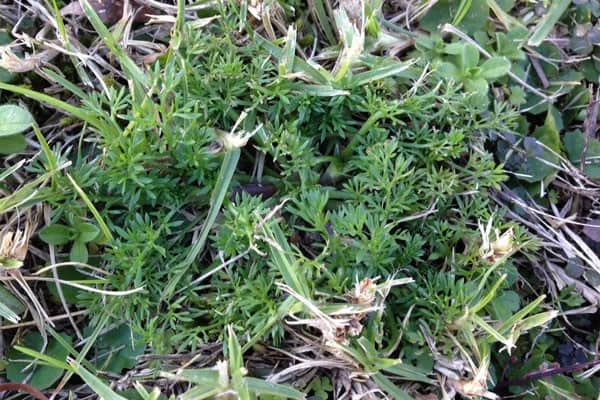
Bindi can be easily managed if tended to early.
Hand removal or selective herbicide, such as Lawn Solutions All Purpose Weed Control in early autumn or early spring before the plant sets seed.
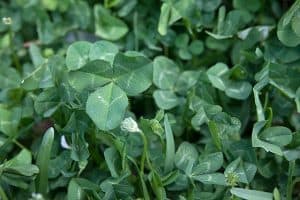
Hand removal and selective herbicide such as Lawn Solutions All Purpose Weed Control.
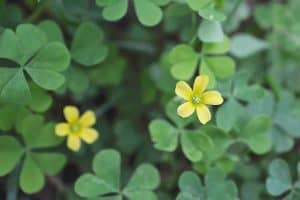
Hand remove the weed, making sure to pull out the whole root or to maintain a dense lawn, which will prevent an oxalis invasion. You can also opt for a selective broad-leaf herbicide such as Lawn Solutions All Purpose Weed Control.
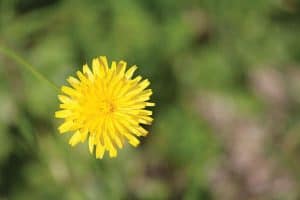
If you want to get rid of dandelions for good, your best bet is to hand dig them. As with most types of common Australian weeds, you need to make sure that the taproot is gone, otherwise, the plant will show up again.
You can also use a pre-emergent to prevent dandelion seeds from germinating (such as Lawn Solutions OxaFert) or a selective broad-leaf herbicide to directly kill them.
Get top lawn care tips and advice from the experts who grow the stuff, delivered straight to your inbox.
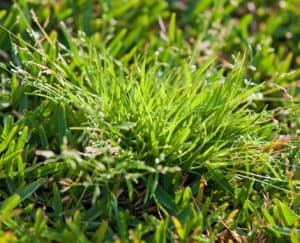
Hand removal and selective herbicide such as Amgrow Winter Grass Killer. For future prevention we recommend Lawn Solutions OxaFert pre-emergent herbicide.
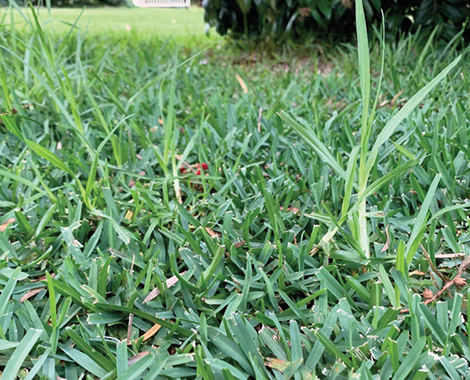
Weed wiping (weed wand or paint brush) with a glyphosate based product (such as Round Up*) or hand removal.
*Please note: Glyphosate products such a Round Up are a non-selective herbicide. Non-selective herbicides do not differentiate between unwanted weeds and wanted grass and plants, meaning they will kill anything they are applied on. We recommend using a barrier between your lawn and the invasive grass such as cardboard, to reduce the chances of contaminating of your lawn.
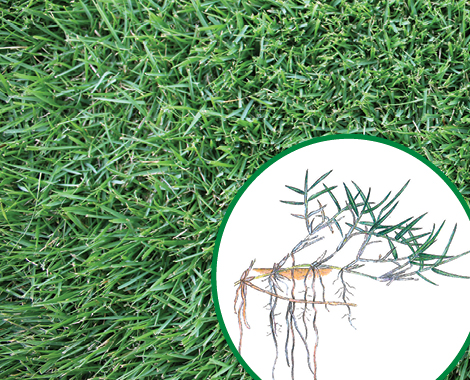
Weed wiping (weed wand or paint brush) with a glyphosate based product (such as Round Up*) or you can chip the weeds out with a mattock or a garden spade.
*Please note: Glyphosate products such a Round Up are a non-selective herbicide. Non-selective herbicides do not differentiate between unwanted weeds and wanted grass and plants, meaning they will kill anything they are applied on. We recommend using a barrier between your lawn and the invasive grass such as cardboard, to reduce the chances of contaminating of your lawn.
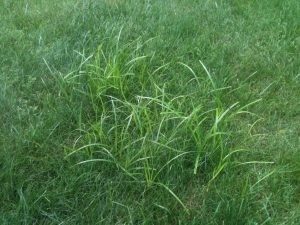
Hand removal will not work for this particular weed. Selective herbicide such as Lawn Solutions Sedge Control is the best method of treatment.
Another method of treatment involves the removal of a 30cm depth of soil and returfing the affected areas.
For a couch lawn that is suffering from an invasion of kikuyu, there are some selective herbicide options that will treat kikuyu but not the couch. There is a commercially available herbicide called Monument, which can be used to suppress Kikuyu from couch lawns. Monument Herbicide is the broadest spectrum selective post-emergence herbicide for turf. This herbicide is highly effective in controlling Poa annua, Ryegrass, Kikuyu, Sedges and a wide spectrum of broadleaf weeds.
Monument Liquid Herbicide is safe to use on – Common Couch, Hybrid Couch, QLD Blue Couch and Zoysia – DO NOT USE on Kikuyu or Buffalo.

Many small weeds many be carefully pulled out by hand, however you will need to make sure you have removed the roots. Using a weeding trowel or long handled, mechanical device and prizing around the roots will help ensure total removal. The bigger the weed, the bigger and stronger the roots. In some cases, a weed spray might be necessary.
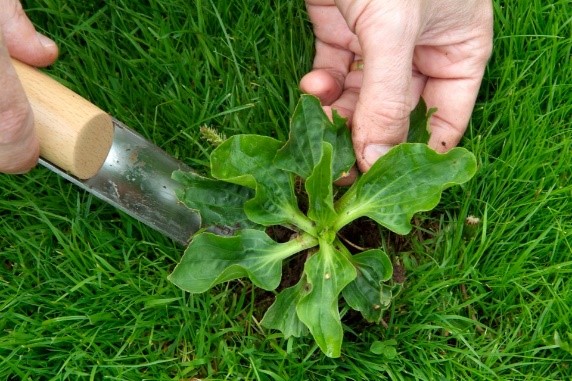
Broad-leaf weeds would more benefit from a light mow. Set your mower to a higher setting and remove the blade of the weed that is exposed to the sunlight. This will inhibit its growth and survival, as they thrive best when exposed to sun.
There are various herbicides available, including selective and non-selective to treat weeds in your lawn.
Non-selective products kill most plants including your lawn; selective herbicides target specific weeds only. It is strongly recommended that you consult your local nursery or turf expert to properly identify the weed in question first, so you can treat it with an appropriate and effective spray.
For future prevention of invasive grasses and further weed control, we recommend using a pre-emergent herbicide such as Lawn Solutions OxaFert. This product targets weeds during their germination period, (usually in the early autumn and early spring periods), assisting in the reduction of weeds emerging within your lawn.
You will also need to check the suitability of the selected herbicide products for use on your lawn type. For example, many are not suitable for buffalo lawns.
Please contact the Turfco Team for further information.
Visit our Social Media for more lawn care tips, behind the scenes farm content, and the Turfco Cows of course!

Armyworm Armyworm can scalp an entire lawn in just a few days. Make sure you take action urgently if you see these pests in large
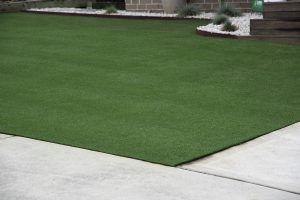
New breeds of grasses like TifTuf Hybrid Bermuda, have prompted a rise to a wave of aspiring grasses wanting to be just like TifTuf. It’s a remarkable grass, with a level of hype that has been rarely seen in the Australian turf industry, except for the likes of Sir Walter DNA Certified Buffalo. What TifTuf Hybrid Bermuda has that those other grasses do not, is data and lots of it.
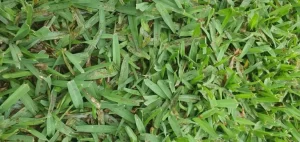
Does your lawn have a disease, but you’re not sure what it is or how to remove it? Let’s look at common lawn diseases and the best ways to remove them.















Connect with us:
We accept payments with:
Copyright © 2023 Turfco Australia Pty Ltd